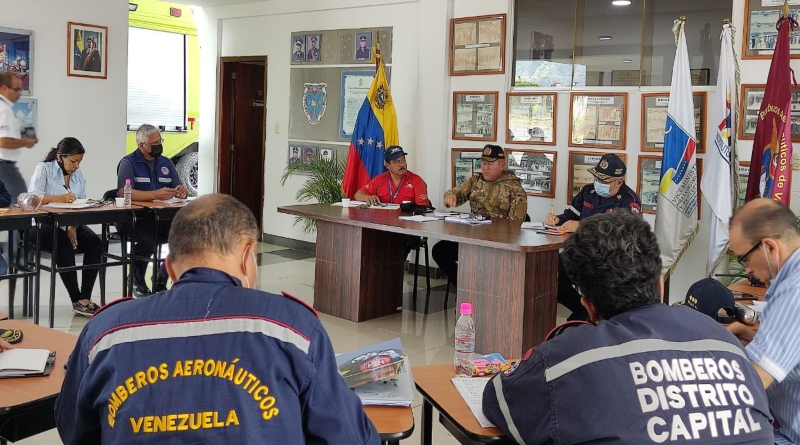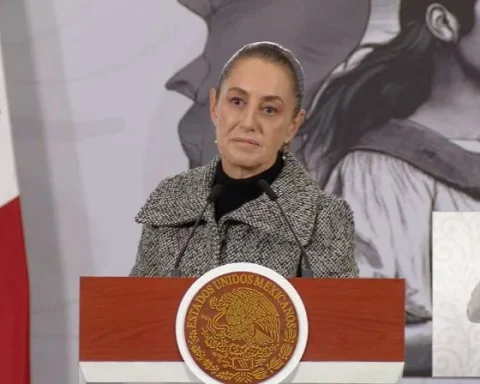The 78th Annual General Meeting (AGM) of the International Air Transport Association (IATA) and the World Air Transport Summit (WATS) began this Sunday in Doha, Qatar, with the participation of the leaders of the world aviation industry, and in which Aerolineas Argentinas is represented by its president, Pablo Ceriani.
The deliberations, which are taking place at the Sheraton Center Convention in Doha, with Qatar Airways as the host airline, will take place until Tuesday 21, convening the most important leaders of the industry from among the 290 member airlines of IATA, as well as to the main government officials, strategic partners, equipment suppliers and the media, including Télam.
“Doha becomes from this Sunday in the world capital of aviation. The last time we met in Doha, in 2014, we were celebrating the centenary of the first airline flight,” Willie Walsh, IATA Director General, said at the opening of the meeting.
For his part, the CEO of the Qatar Airways Group, Akbar Al Baker, said that “it is an absolute privilege to receive our industry partners in the hometown of Qatar Airways, particularly during our 25 years of operations. Meeting face-to-face gives us the opportunity to discuss the lessons learned from our past years during the pandemic, the global issues that affect us all here and now, and plan the best way forward for the industry.”
The World Air Transport Summit (WATS) takes place immediately after the IATA Annual General Meeting.
Besides the updated industry economic outlookthe Key topics to be addressed include: the war in Ukraine and its implications for the globalized world; the challenges to achieving sustainability, including net zero carbon emissions by 2050, and reducing the use of single-use plastics, allocating scarce airport capacity, and ensuring the safe transportation of lithium batteries.
This is the fourth time the AGM has been held in the Middle East, and in normal times, aviation in the region generates some 3.4 million jobs and $213 billion in economic activity.
Originally, the meeting was going to take place in Shanghai, China, organized by China Eastern Airlines, but due to the continuous restrictions related to the Covid-19 pandemic in the Asian giant, the decision was made to change the venue.
The IATA Annual Assembly, which is usually held during the first fortnight of June, has as its objective the analysis of the situation of the commercial airline industry, the definition of the steps to follow and the election of a new Board of Directors.
The last meeting was held in Boston, USA, in June 2020, amid restrictions due to the coronavirus pandemic.
Calculation of carbon emissions
The International Air Transport Association (IATA) kicked off deliberations with the launch of IATA CO2 Connect, a tool to more accurately calculate carbon emissions (CO2) generated by commercial airline flights, in response to a growing demand for transparency in the dissemination of these data related to the environment.
IATA CO2 Connect is available to companies inside and outside the travel value chain, such as Travel Management Companies (TMCs), travel agencies, airlines or multinational corporations.
They can access relevant CO2 emissions data and custom integrate it into their existing flight booking tools. Travel managers or travelers can easily see the CO2 emissions for each route. The tool also enables data consolidation for reporting purposes.
The program uses the newly developed CO2 Calculation Methodology, adopted by the IATA Passenger Service Conference in March this year and was conceived by leading partners from 20 airlines and major aircraft manufacturers, in consultation with international standards bodies. and logistics service providers.
“Flying sustainably and reducing CO2 emissions is an absolute priority. The aviation sector is working to achieve net-zero emissions by 2050 and travelers want to be more conscious of their carbon footprint,” said Frederic Leger, IATA Senior Vice President, Commercial Products and Services.
Unlike other existing CO2 calculators, IATA CO2 Connect uses primary airline data.


















